Even during chilly January afternoons, tumbleweeds roll across the Sonoran Desert, landing just shy of the metal gate marking Oliver Anderson’s farm.
Each morning, the 94-year-old wakes up and helps his wife at home before working his farm at Murphy and Farrell Roads.
There, weathered buildings and small crops stand firm against encroaching development. Anderson stoops down to scoop up a handful of copper-tinged dirt in a fallow field — thanks to fluctuating crop prices, a lingering drought and more proposed water restrictions from the state.
Just a couple of miles away, Bryan Hartman knows those struggles all too well.
The fourth-generation Maricopa farmer and president of the Maricopa-Stanfield Irrigation and Drainage District cites water access as the primary reason for barren fields on his and other local farms.
“Most farms in our district now, we’re only farming maybe 40 to 50%,” Hartman said. “There’s just not enough water to go around.”
It’s not a silent struggle — state leaders duly acknowledge Arizona’s water crisis as the parched Colorado River continues to languish. They’re burdened with parrying drought and climate change. The only problem? In their eyes, farmers like Anderson and Hartman aren’t the victims in this story — they’re to blame.
Signs of the times
When Anderson moved to this dusty little community 70 years ago, houses were mere dots in the desert and heavily irrigated crops grew as far as the eye could see. Fields of alfalfa, cotton, small grains and pecan trees blanketed areas now turned into fields of single-family homes.
“We were pretty rural, that’s all there is to it,” he told InMaricopa. “At the time, everything in this area was farmland. We had no paved roads, no phone service.”
Anderson knows it’s easy to blame rapid growth for the changing landscape, where beige subdivisions replaced flourishing crops in the delicate desert landscape.
“You can’t stop it,” he said. “You just have to go with it and live with it.”
But for decades, farmers have worked around wavering drought conditions, which have only worsened in the last two decades.
![Gov. Katie Hobbs smiles following a State of the State address at the Arizona State Capitol on Jan. 8, 2024. [Monica D. Spencer]](https://www.inmaricopa.com/wp-content/uploads/2024/01/mdspencer-010824-legislative-opening-day-web-02-600x400.jpg)
The formalities of the Arizona legislature’s opening session felt worlds away from the earthiness of Maricopa’s surviving farms — just 35 miles away.
State representatives, senators, guests and media gathered inside the dimly lit, wood-paneled House floor one crisp, dry afternoon last month. Invocations, anthems and guest speeches all led up to the governor’s State of the State address.
Gov. Katie Hobbs dedicated much of her nearly 50-minute speech to her commitment to protecting Arizona’s groundwater, saying updating these laws is a way to “empower rural Arizonans” in their water use.
A bit condescending for a group that, arguably, is the only one to feel the real effects of the state’s water shortage day-to-day.
Hobbs said Arizona’s water-use laws are exploited to grow endless acres of alfalfa and promised to strike an agreement with neighboring states to conserve enough water for 9 million homes.
At the expense of farmers, largely in Pinal County.
Cameras clicked and flashed, and state Democrats stood in near endless ovation, while farmers measured their water through metered wells.
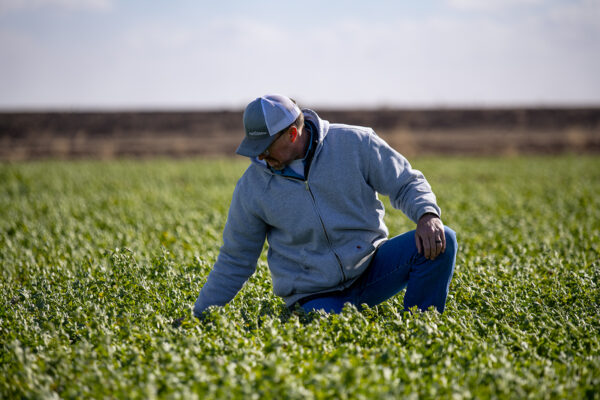
Pinal County farmers have relied on alfalfa as a staple crop for decades — and for good reason.
“It’s just so productive here,” Hartman said. “It grows nine to 10 months out of the year, and we have some of the highest yields.”
The hot days and cool nights allow plants to grow and recover for up to 10 cuttings per year, while the arid climate helps trimmings cure in as few as three days, according to Clint Jones, farm manager for University of Arizona’s Maricopa Agricultural Center.
By comparison, midwestern farmers may get three cuttings each year, each taking up to two weeks to cure.
That explains why Pinal County is the third highest yielder of alfalfa crops in the country, producing 8.5 tons per acre annually, according to the Arizona Farm Bureau.
Yet, despite that, it’s also received a bad reputation in the media in recent years.
Last year, an uproar emerged around Saudi Arabian-owned Fondomonte growing and exporting alfalfa in Arizona, while also taking advantage of unfettered access to groundwater amid a historic megadrought. That’s because wealthy corporations can get permits to drill for groundwater, something working-class Maricopa farmers can’t afford. Yet they suffer the consequences.
And while the issue brought a renewed interest to how groundwater is used and abused around the state, alfalfa farmers believe their livelihoods have come under fire.
“Alfalfa is the ‘devil’ of the desert,” Jones laughed.
It’s a thirsty crop, consuming 4 to 6 acre-feet of water each year, enough to cover a football field with nearly 4 feet of standing water. But this information is nothing new.
Several generations of Maricopa farmers have grown alfalfa on their slowly shrinking farms over the years. With that came a better understanding of working with and respecting the land and its resources.
“People like my grandfather and others pioneering in this area, they dug down hills and started irrigating without the technology we have today,” Hartman said. “So, they used a lot more water.”
In the old days, he said, farmers irrigated fields by flooding them and leftover water would often overflow into washes. But farmers these days are more judicious in their water usage.
Someone ought to tell the governor.
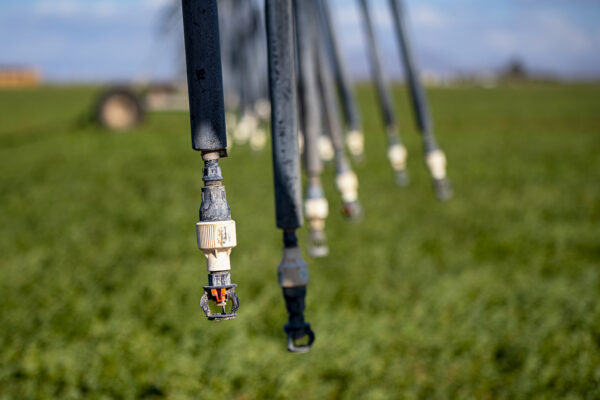
Anderson, Hartman and Jones each acknowledged alfalfa, though a heavy water user, is rich in nutrients and calories, offering more sustenance per pound than just about any other leafy green.
Changes in farming practices over the last two decades have also helped farmers conserve water in the desert climate.
This has included laser leveling fields — a process that assists farmers in creating clean, level fields for irrigation and evenly spaced crops — as well as instituting more precise sprinkler heads, center-pivot irrigation and drip irrigation methods.
These alternatives to flood irrigation all result from one key problem: They are allotted a limited amount of water each year.
Arizona’s agricultural industry saw a 36% drop in how much water it withdrew for irrigation purposes from 1980 to 2015, according to the Arizona Farm Bureau. By comparison, the amount of water withdrawn for municipal and industrial purposes — such as mining — increased by about 132% during that period.
That’s a hefty difference, especially considering the Arizona Department of Water Resources reported the agricultural industry used 72% of the state’s water supply in 2019. While some of that water came from groundwater sources, it also included surface water — obtained from sources such as lakes and rivers — and some reclaimed water.
But farmers have become more judicious in their water usage, especially considering the restrictions already imposed by water districts.
The Maricopa Agricultural Center’s Jones said farmers were allotted only 2.4 acre-feet of water last year.
“That means for every acre of farmable ground, you only get 2.4 acre-feet,” Jones said. “So, if you have a crop like alfalfa, which can take up to 6 acre-feet of water, there’s no way you can grow your entire acreage. That becomes a challenge.”
Hartman said 2 to 3 acre-feet of water is standard for most farms in the area, which can limit how much they produce each year.
“I have a 1,000-acre farm and I can’t grow wall-to-wall alfalfa,” he said. “I just don’t have enough water.”
That issue leads to fallow fields that won’t produce crops to conserve what water they can to grow alfalfa. Farmers are still taxed on their fallow land.
“Water is very expensive, so we have to be very careful with it,” Hartman said. “We don’t let any water run off our farms, everything has to stay contained.”
What’s on tap
Even with Hobbs’ declaration to protect Arizona’s water resources in her State of the State address, the promises seem to fall short.
Amid a staggering $1 billion deficit, the governor’s office recommended cutting more than $27 million from water-related funds in the 2024-25 budget. This comes along with a hazy view as to how the state will act on water conservation in rural districts. Hobbs’ office declined to comment for this story.
Maricopa’s legislators seemed to disagree with Hobbs’ plans to conserve water, saying it could damage Pinal County’s $2.3 billion agricultural industry.
“Water is a very important issue, and our agricultural water is already regulated by law by the board of directors of our Active Management Area,” said Rep. Teresa Martinez, a republican who represents Maricopa in the state House. “More regulations on top of the very strict regulations we have already would definitely hurt our county.”
Fellow republican state Sen. TJ Shope agreed, adding, “I’m not sure how anything she proposes would meld with the Active Management Area.”
And as for the people who toil away on the land?
“Personally, I don’t know that there’s a silver bullet answer,” Jones said. “A lot of people that aren’t directly involved in agriculture, they just have a misconception about what we do.”
The consensus among Anderson, Hartman and Jones is this: Water is precious and to be protected for the sake of everyone’s livelihoods.
“We work very hard and diligently to use every drop of water as efficiently as possible and to be as conservative as possible,” Hartman said. “It’s the right thing to do. Any farmer not wise with their water use, will not stay in business.”
Why alfalfa?
Alfalfa, a leafy legume, is perhaps the best nutrient-rich feed for cattle, according to Clint Jones, farm manager for University of Arizona’s Maricopa Agricultural Center.
It is high in protein, fiber and minerals livestock need for a healthy diet, which helps keep grocery store shelves well-stocked in dairy, beef and other meats.
It’s also a combination few other grains can keep up with.
Tricticale, a hybrid grain
that blends the benefits of wheat and rye, is one alternative that consumes less water but often needs to be combined with other grains to reach the nutritional value of alfalfa.
“It’s got a decent feed value, but it’s not the same,” Jones said. “That’s the thing with alfalfa — it takes a lot of water and it gets a bad rap, but it’s extremely nutritious. I don’t know what you would even substitute alfalfa with.”
Water is our relative
The sound of rushing river water pierces through darkness.
“Our stories, everything starts as hearing the swishing sound of river water in a dark place,” said Gila River Indian Community member Napoleon Marrietta. “That sound is in our origin stories and our beginnings. Depending on which community you came from — Gila River, Salt River, Ak-Chin, Tohono O’odham — you’ll hear different versions, but everything always began with water.”
For O’odham, the people who have called this water-starved desert home since time immemorial, water is more than just a resource.
Shuudag — the O’odham word for water — is a nurturer, a relative, the source of life. Water is, ultimately, a holy being.
Traditional songs, prayers and stories all heavily feature water in various forms: rivers, rain, the ocean. Those in turn reconnect the people to their origins and remind them of the reciprocal relationship between water and the people, according to Marrietta, who is Akimel O’odham.
“We are River People, and we respect water as a close relative by taking into consideration the way we talk about and use water,” he said.
That knowledge of that relationship also can make it difficult to respect those traditions while living in a society that has seen water as a financial resource to be contained and used.
“Before the rivers were dammed, they traveled through our communities, they nurtured our crops, they gave us life,” he said. “It can be tough because of our how they were taken from us, and we’ve had to deal with that throughout history.”

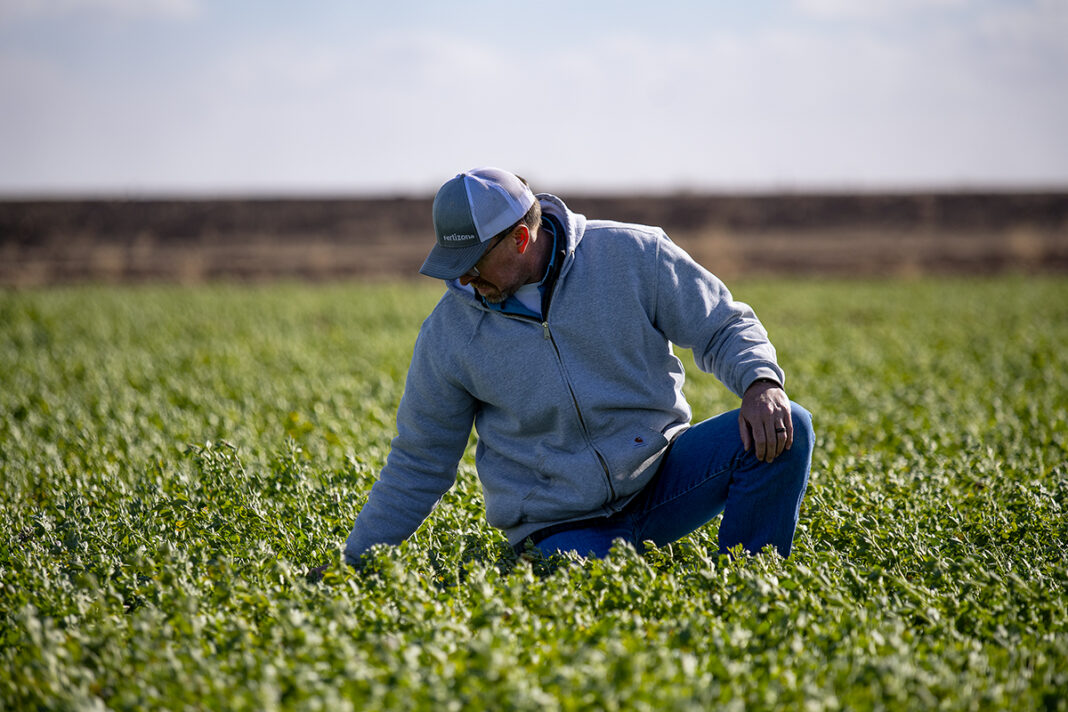
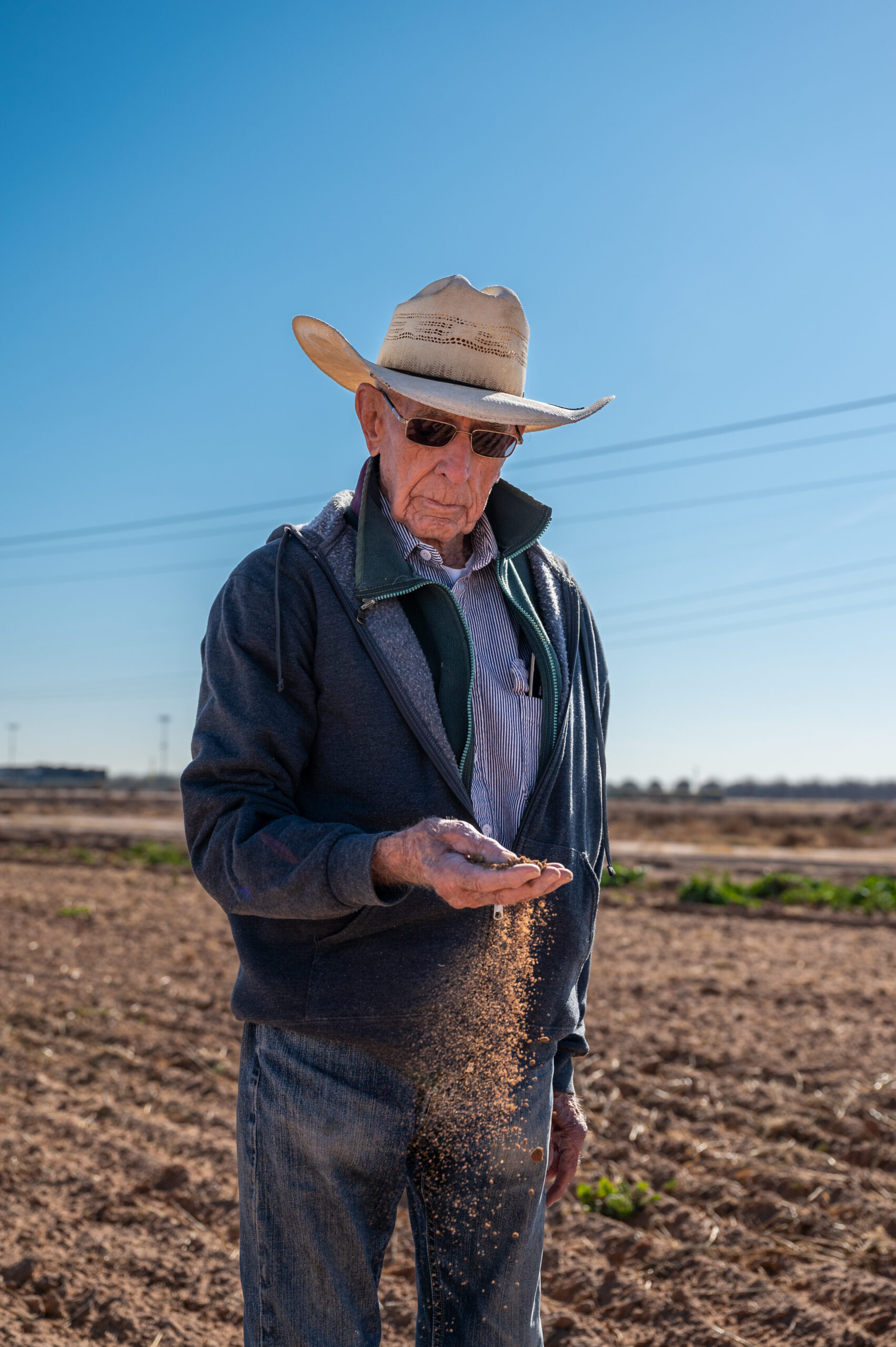
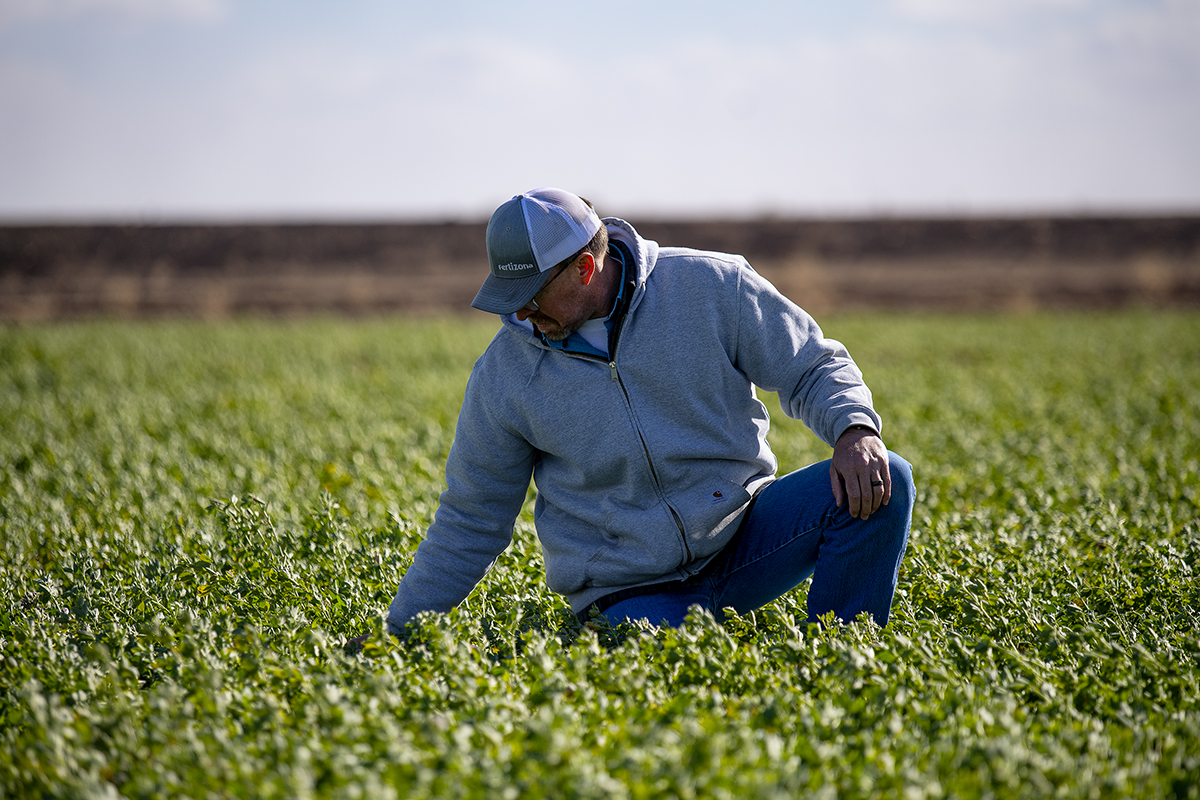
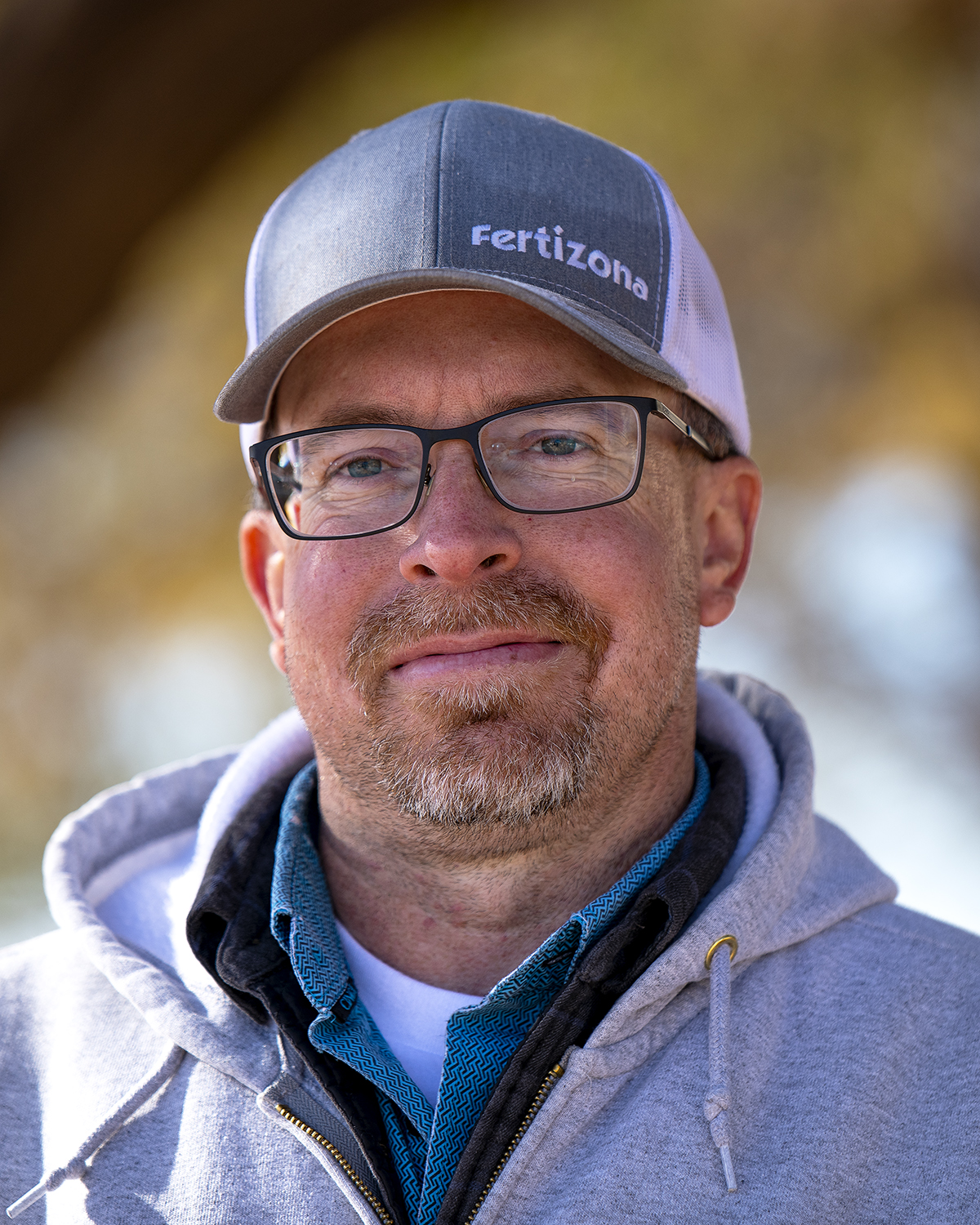
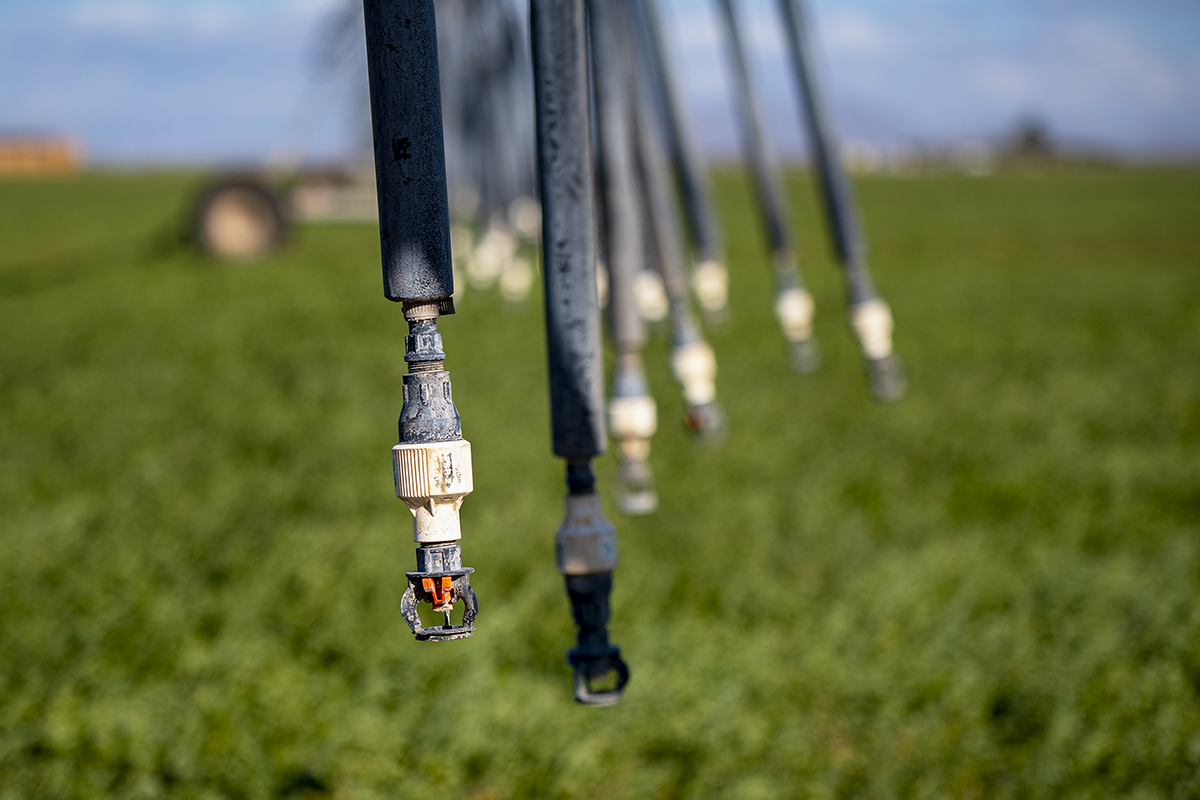
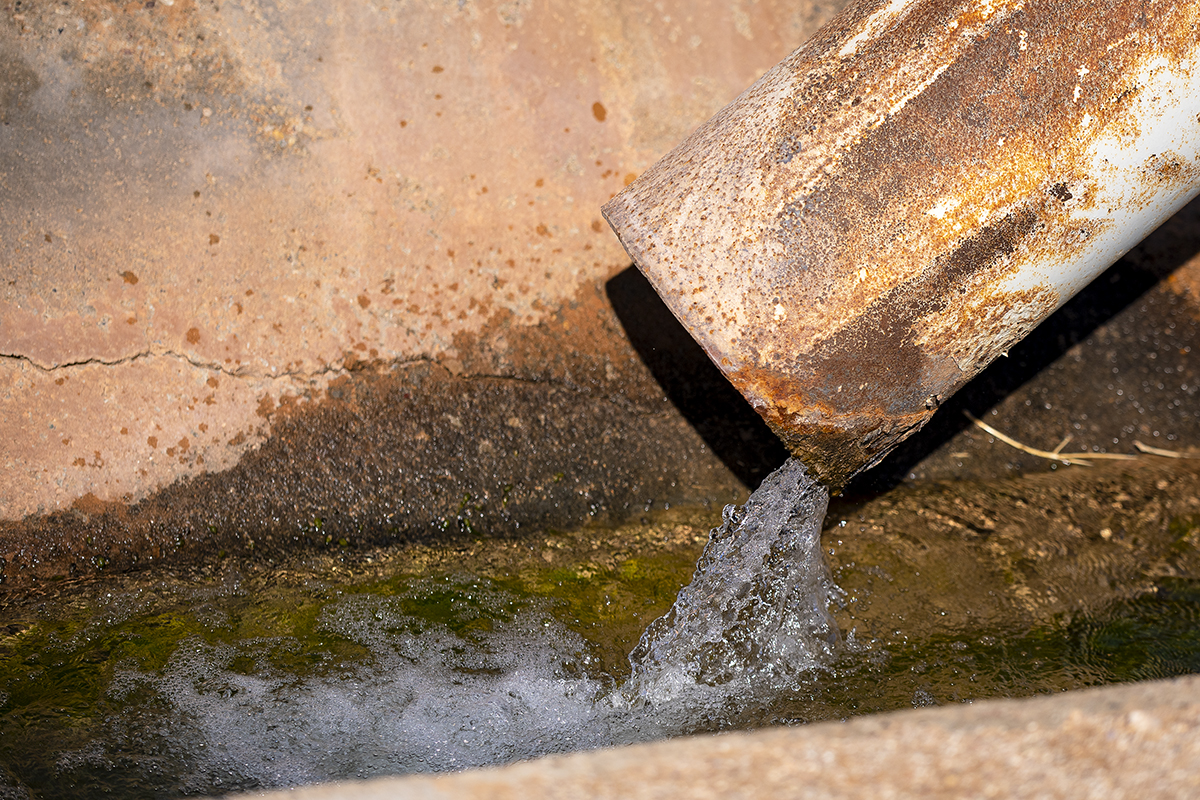
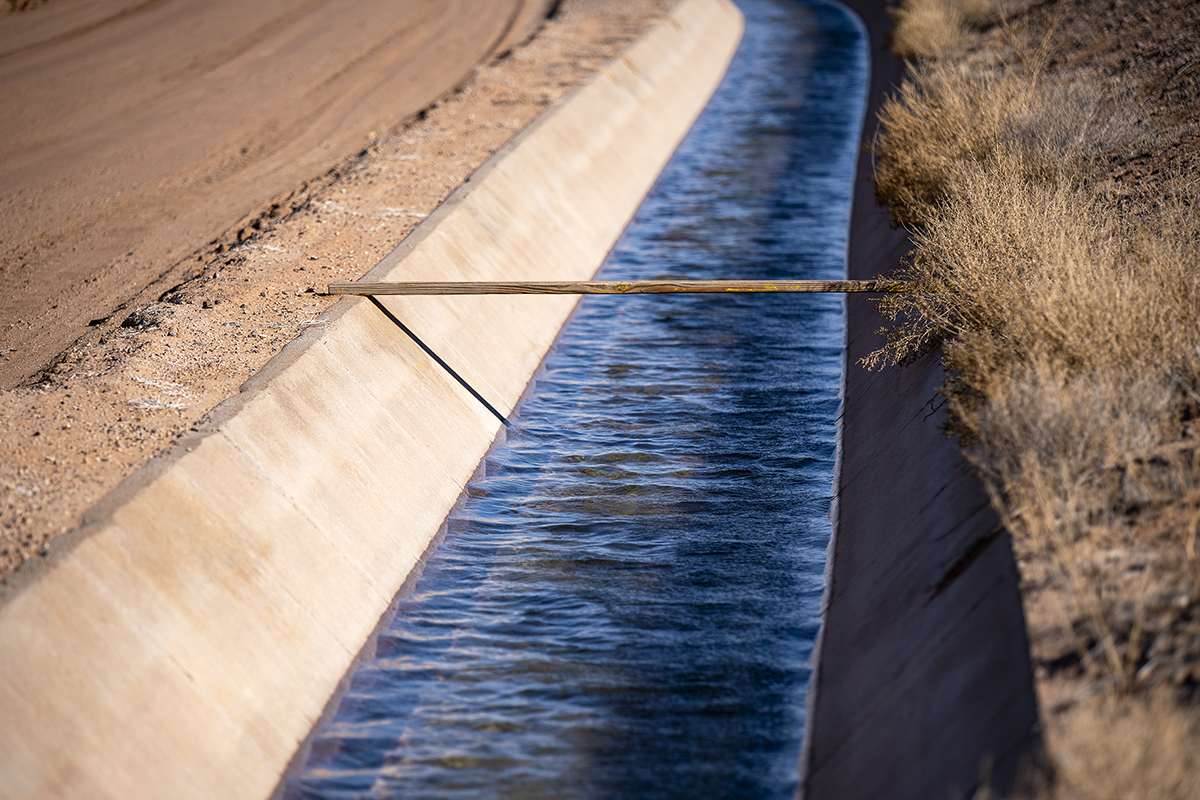



![City gave new manager big low-interest home loan City Manager Ben Bitter speaks during a Chamber of Commerce event at Global Water Resources on April 11, 2024. Bitter discussed the current state of economic development in Maricopa, as well as hinting at lowering property tax rates again. [Monica D. Spencer]](https://www.inmaricopa.com/wp-content/uploads/2024/04/spencer-041124-ben-bitter-chamber-property-taxes-web-218x150.jpg)

![3 things to know about the new city budget Vice Mayor Amber Liermann and Councilmember Eric Goettl review parts of the city's 2024 operational budget with Mayor Nancy Smith on April 24, 2024. [Monica D. Spencer]](https://www.inmaricopa.com/wp-content/uploads/2024/04/spencer-042424-preliminary-budget-meeting-web-218x150.jpg)





![Alleged car thief released without charges Phoenix police stop a stolen vehicle on April 20, 2024. [Facebook]](https://www.inmaricopa.com/wp-content/uploads/2024/04/IMG_5040-218x150.jpg)




![City gave new manager big low-interest home loan City Manager Ben Bitter speaks during a Chamber of Commerce event at Global Water Resources on April 11, 2024. Bitter discussed the current state of economic development in Maricopa, as well as hinting at lowering property tax rates again. [Monica D. Spencer]](https://www.inmaricopa.com/wp-content/uploads/2024/04/spencer-041124-ben-bitter-chamber-property-taxes-web-100x70.jpg)
Dear Governor, two words for you “Desalination Plants.”